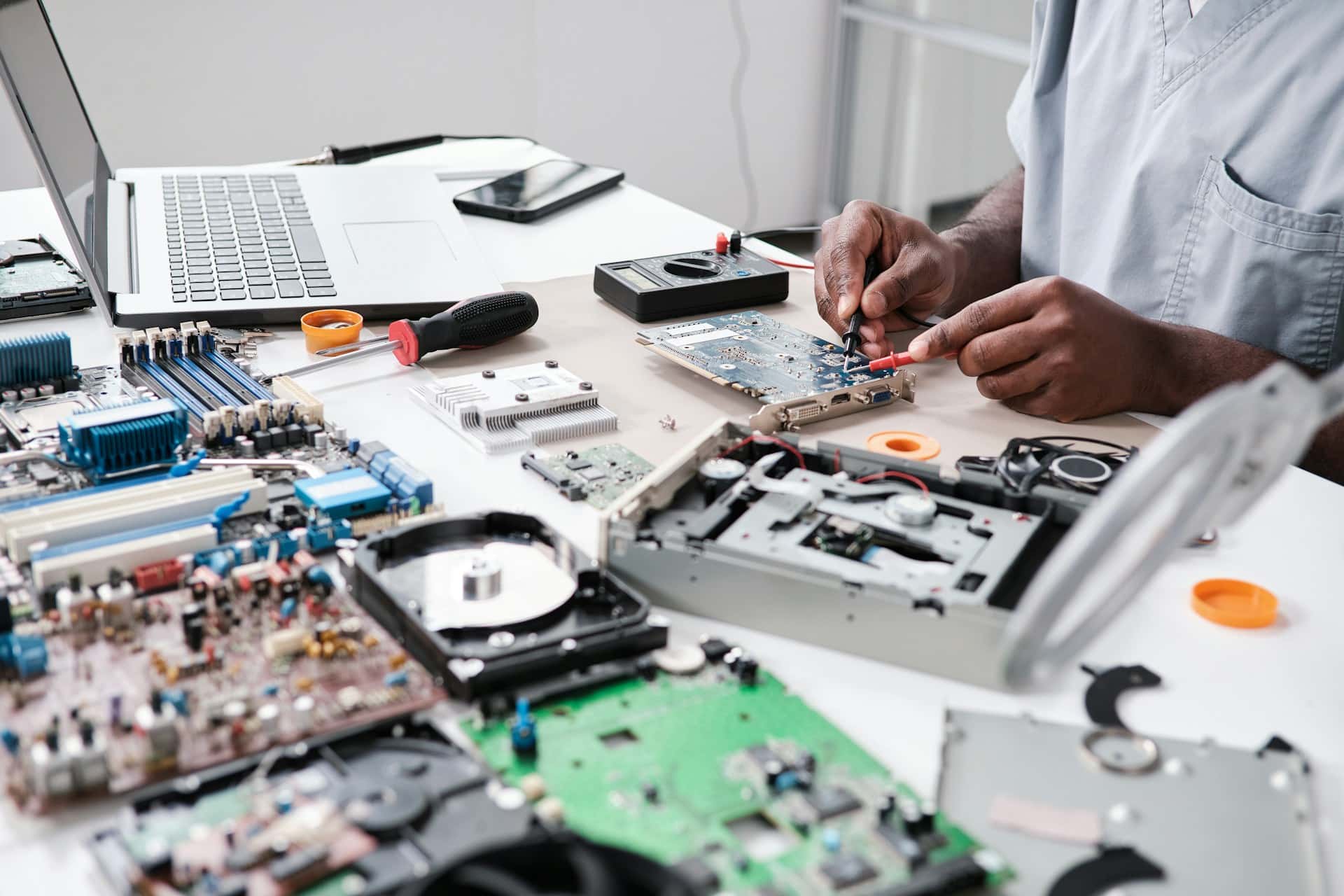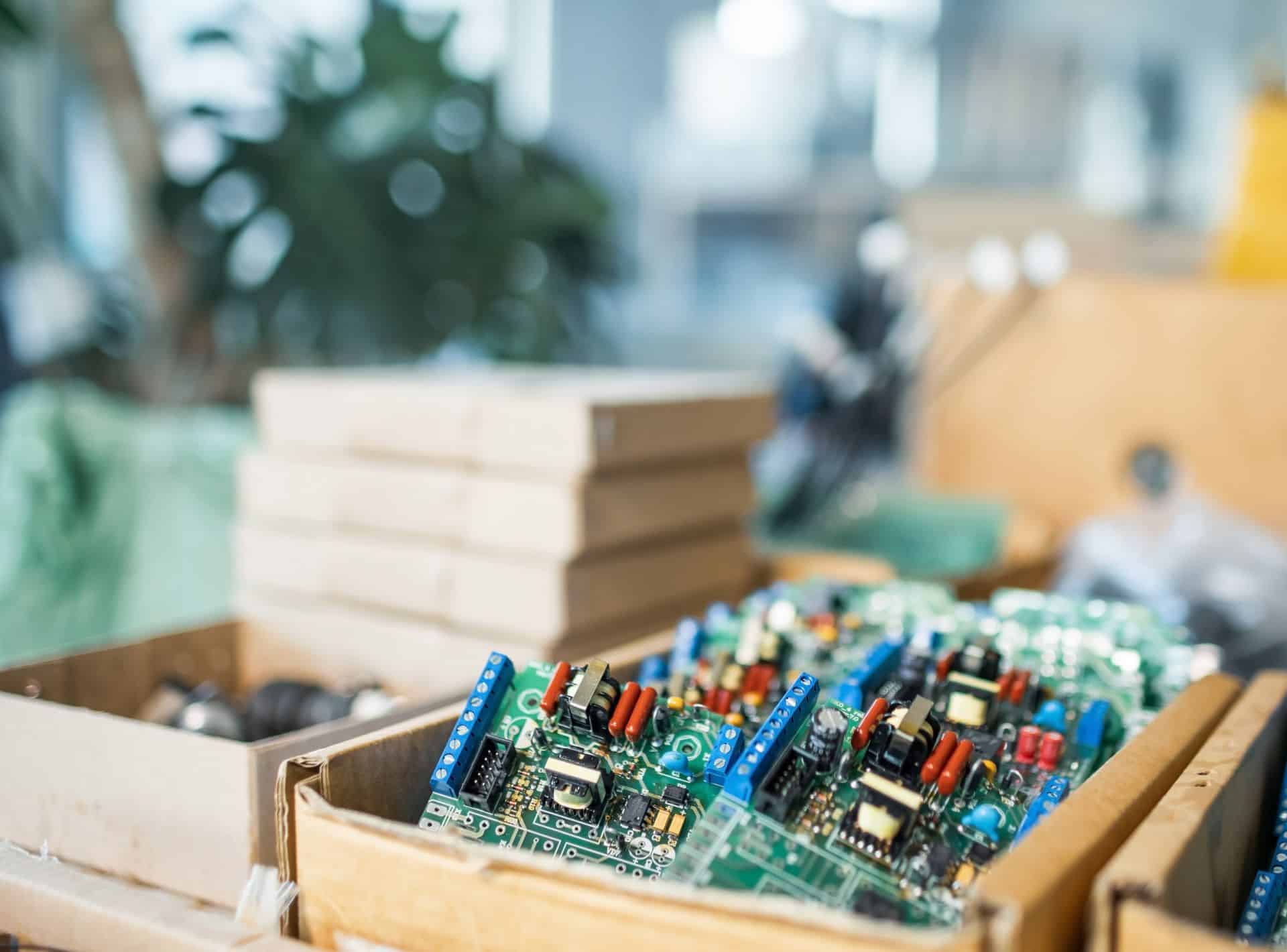Safe equipment destruction is crucial for businesses that need to dispose of old or surplus electronic devices. Simply throwing away these items can lead to data breaches and environmental harm. Choosing the right methods for destroying equipment ensures that sensitive information is unrecoverable and that hazardous materials are handled responsibly.
Assessing the equipment first helps determine what needs to be destroyed and what can be reused or recycled. Each type of device, from computers to mobile phones, may require different destruction methods. Some devices might only need data wiping, while others may need to be completely shredded.
Following proper procedures not only keeps you compliant with regulations but also helps in maintaining the trust of clients and stakeholders. By documenting and certifying the destruction process, businesses can prove that they have taken the necessary steps to protect data and the environment. Understanding and executing these steps thoroughly makes the equipment destruction process both secure and efficient, ensuring no loose ends are left behind.
Assessing Equipment for Destruction
Before starting the destruction process, it is important to assess all electronic equipment. This step helps identify which items require secure destruction and which ones can be repurposed or recycled. Start by compiling an inventory of all devices that need disposal. This includes computers, smartphones, printers, and storage devices.
Next, categorize the equipment based on its condition and data sensitivity. Some items may still be functional and could be donated or refurbished, while others might contain sensitive data that must be securely destroyed. Also, note any hazardous materials within the devices, such as batteries or mercury-containing components, which require special handling.
By assessing the equipment thoroughly, you ensure that all items are handled appropriately. This step prevents unnecessary destruction of reusable items and ensures that all sensitive data is accounted for. Proper assessment also streamlines the destruction process, making it more efficient and manageable.
Choosing the Right Destruction Method
After assessing your equipment, the next step is to choose the right method for destruction. Different devices and types of data require different approaches to ensure secure and effective destruction. Here are some common methods:
- Data Wiping: For devices that are still functional and could be reused, data wiping is an option. This process involves overwriting the device’s storage multiple times to erase all data. It is suitable for less sensitive information.
- Degaussing: This method uses strong magnetic fields to erase data from magnetic storage devices like hard drives. Degaussing renders the data irretrievable but leaves the device physically intact.
- Physical Shredding: For complete data destruction, physical shredding is the most effective method. This involves mechanically shredding the device into small pieces, making data recovery impossible. Hard drive shredding is especially useful for highly sensitive information.
- Chemical Destruction: In some cases, chemical processes can be used to dissolve the storage media. This method is less common but can be useful for specific types of data storage.
Choosing the right method ensures that your data is securely destroyed, protecting your business from potential breaches. It also ensures compliance with data protection laws and environmental standards.
Ensuring Compliance with Regulations
Complying with regulations is crucial when destroying electronic equipment. Various laws and guidelines govern how businesses must handle e-waste and data destruction. Failure to adhere to these regulations can result in hefty fines and legal consequences. Understanding and following these rules protects your business and the environment.
Firstly, familiarize yourself with local, state, and federal laws regarding e-waste disposal. Regulations such as the Resource Conservation and Recovery Act (RCRA) outline how to treat hazardous waste and ensure safe disposal. Additionally, data protection laws like the General Data Protection Regulation (GDPR) and the California Consumer Privacy Act (CCPA) require secure data destruction to prevent data breaches.
Work with certified e-waste recyclers and data destruction services. These professionals are knowledgeable about the latest regulations and can provide the necessary compliance documentation. They also ensure that all hazardous materials are handled responsibly, maintaining environmental safety. By ensuring compliance with regulations, you protect your business from legal risks and show your commitment to ethical practices.
Documenting and Certifying Destruction
Proper documentation and certification are essential steps in the equipment destruction process. These records provide proof that your business has securely destroyed its electronic equipment in compliance with all regulations. This not only safeguards your business but also reassures clients and stakeholders that their data is protected.
Start by maintaining detailed records of all devices slated for destruction. Include information such as the type of equipment, serial numbers, the method of destruction, and the date and location of destruction. This helps track the entire process and ensures no device is overlooked.
Request a certificate of destruction from your e-waste recycling service. This certificate serves as legal proof that the destruction process was carried out according to regulatory standards. It should include details such as the equipment type, destruction method, and confirmation that all data was securely destroyed.
By documenting and certifying the destruction process, you create a transparent and accountable system. It also helps in audits and regulatory inspections, demonstrating that your business adheres to best practices in equipment disposal.
Conclusion
Ensuring safe equipment destruction is a critical aspect of managing electronic waste in any business. By carefully assessing your equipment, choosing the appropriate destruction methods, complying with regulations, and documenting the process, you protect both your data and the environment. These steps mitigate risks associated with data breaches and legal penalties, while also showcasing your commitment to responsible e-waste management.
Taking these precautions helps maintain trust with your clients and stakeholders. Secure equipment destruction not only safeguards sensitive information but also upholds your business’s reputation. Implementing a thorough destruction process is an investment in your company’s security and environmental responsibility.
For expert assistance in securely destroying your electronic equipment, contact ReWorx Recycling today. Make sure your business stays compliant and protects its data with our professional equipment destruction services.





